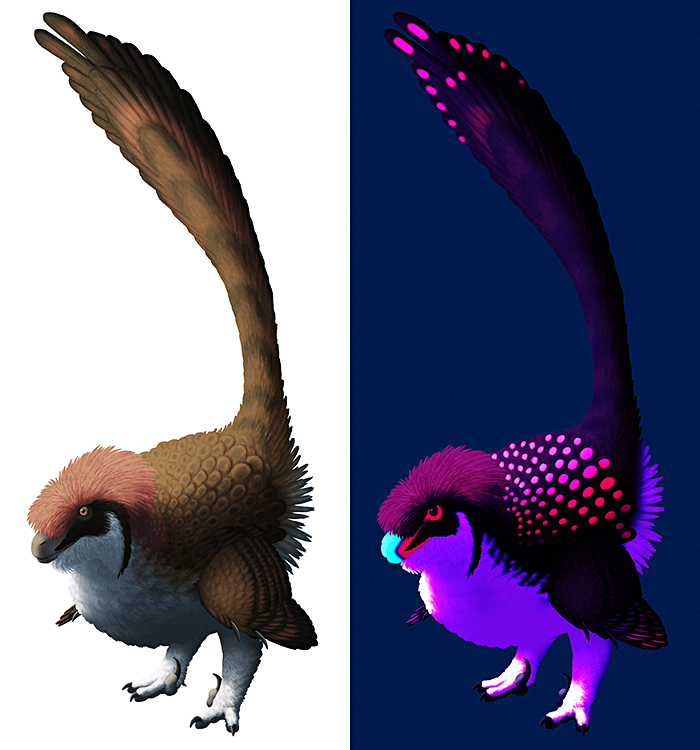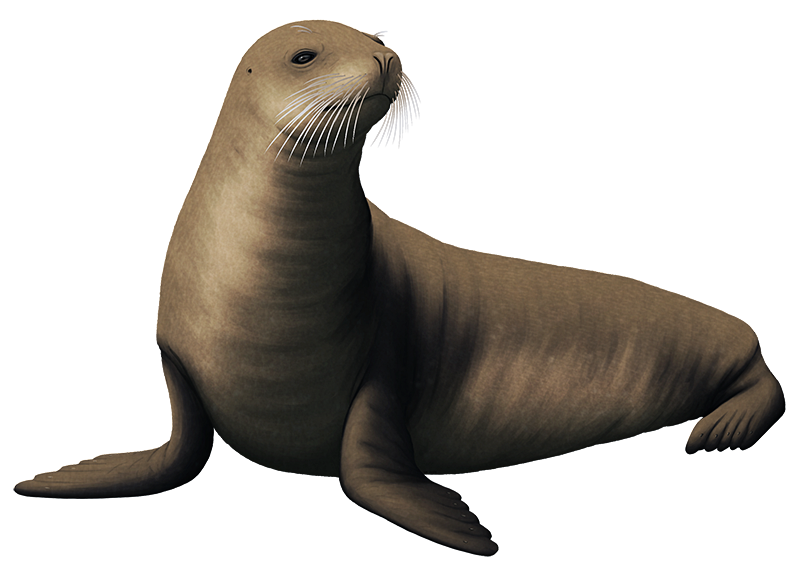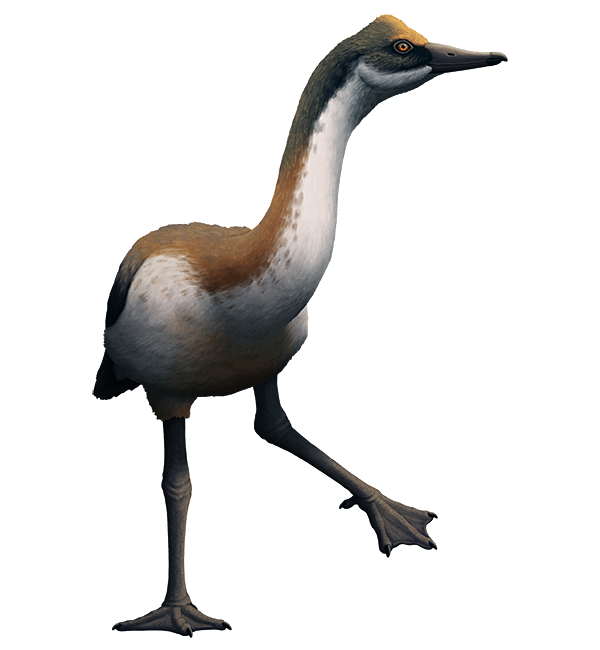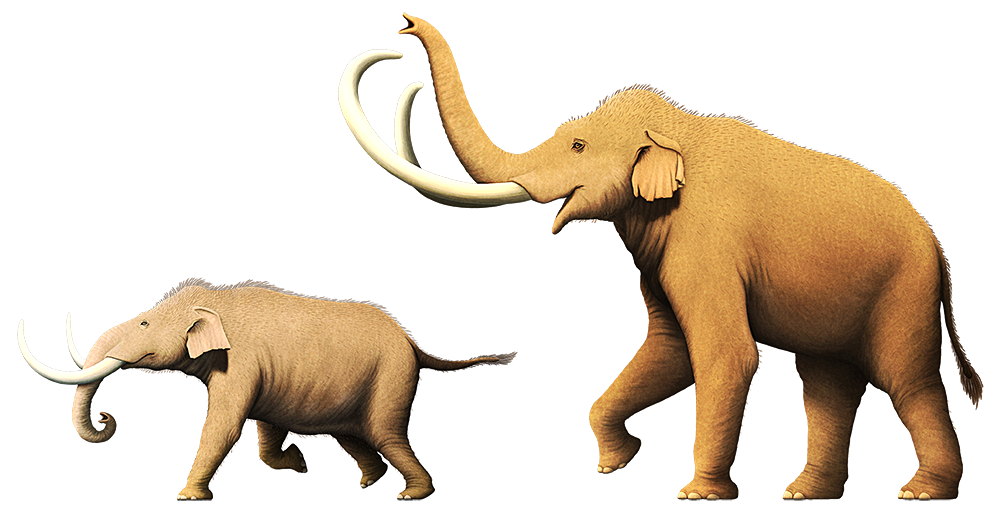Conflicto antarcticus, a recently-named waterfowl bird from the earliest Palaeocene of Antarctica (~65-64 mya).
Standing around 50cm tall (1′8″), it had a slender body, long legs, a long neck, and a narrow goose-like beak. It also had an unusual pair of bony bumps on its skull which may have supported some sort of small crest superficially similar to the knob on the head of the modern magpie goose.
Temperatures in Antarctica at the time were much warmer than today, and the area where its fossils were found would have been a temperate estuary or river delta. It was probably an omnivorous wading bird, feeding on vegetation, small fish, and invertebrates in shallow freshwater.
Although it somewhat resembled a presbyornithid it was actually part of an even earlier branch of the waterfowl evolutionary tree – so its ancestors must have originated much further back in the Late Cretaceous – and their similar body shapes hint that the common ancestor of all waterfowl may also have been a rather leggy bird. Conflicto’s closest known relative might actually be the similarly-aged Anatalavis (which was previously though to be a primitive magpie-goose) from North America and Europe, suggesting that its lineage was quite widespread and already taking advantage of vacant niches in the immediate wake of the Cretaceous-Paleogene mass extinction.





